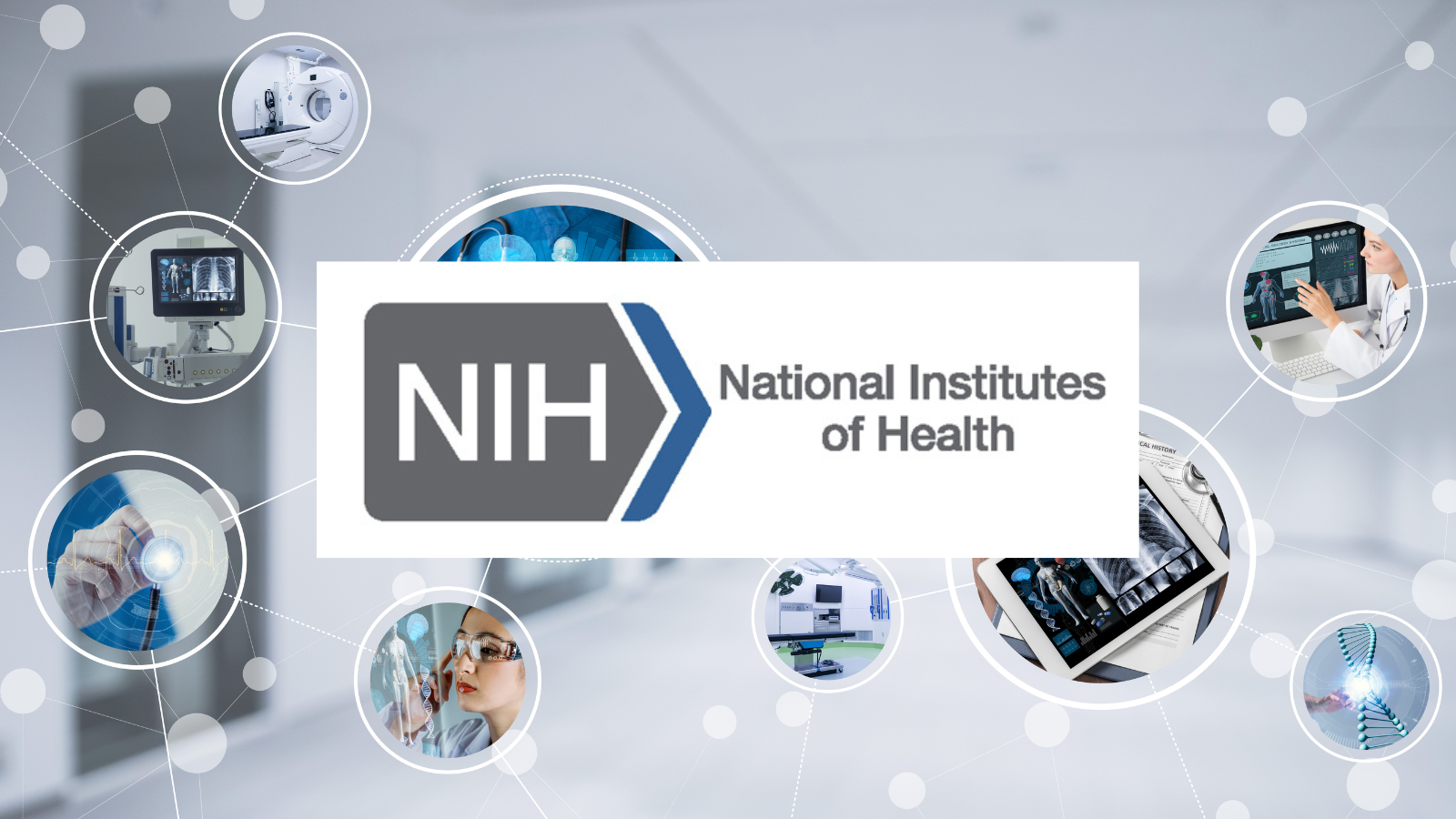Your SBIR proposal must communicate strong significance, but many proposals I review fall short in this area. NIH has a section titled Significance as part of the Research Strategy. Other agencies do not include this explicitly but it is still essential to have a clear and convincing narrative around the significance of your proposed project.
I look at significance in 6 possible elements or dimensions. Many applicants do a reasonable job of describing the significance of the problem they are addressing, but don’t go far enough in building their case and addressing the other 5 factors.
- Significance of the problem. Of course you should always focus on a problem. Don’t make the reviewers ask “What problem are they solving and for whom?” And make sure you are being specific about the problem that you are addressing in its description, its target, and its magnitude. Maybe there are 3 million dialysis patients but if the problem you are addressing only occurs in 10% of these patients, and if your solution only applies to 1/3 of these, then the problem is 100,000 patients and not 3 million. Quantify and describe the specific target audience/market you are addressing.
- Significance of the opportunity. That is, define how much difference your solution can really make? Sometimes there are really cool technologies but in the end they don’t really change what a clinician does or decisions he/she make, or affect the patient outcomes.
- Significance of the science/technology. The most important factor to communicate is the significance of the gaps in the science/technology that are begging for a solution. Make it clear that there are important gaps or shortcomings in the state of the art that require an innovation to address.
- Significance of the benefits and value proposition. Make it clear that there are significant benefits and compelling value proposition to the users, payers, providers, etc. if this problem can be solved in the way that you are proposing. Prove that there is an unmet need, and contrast your solution to the alternatives. There are always competing alternatives. And quantify these benefits and value propositions as best as you can.
- Significance of the aggregate impact. If your solution is deployed widely, what will be the aggregate impact on society? What measurable differences will it make? I like to use the 5 E’s + 1 as a checklist: Economy, Environment, Energy, Employment, Exports, + Public Health. [Let me know if you come up with a synonym for public health that starts with an “E”]
- Significance of the commercial opportunity. This is important to include even in a Phase 1 and especially for some agencies like NSF. Even if NIH does not specifically ask for this in the Significance section, I would suggest that you still include a few sentences to show that there is commercial merit to your idea.
See if you can include a compelling narrative around all 6 significance elements. Have questions? Contact CTC or consider signing up for SBIR Ready, a pre-SBIR workshop that will assist you in communicating the significance of the 6 points above.
See more articles, like this one, immediately upon their release by signing up for our newsletter.
Access our extensive blog here.
